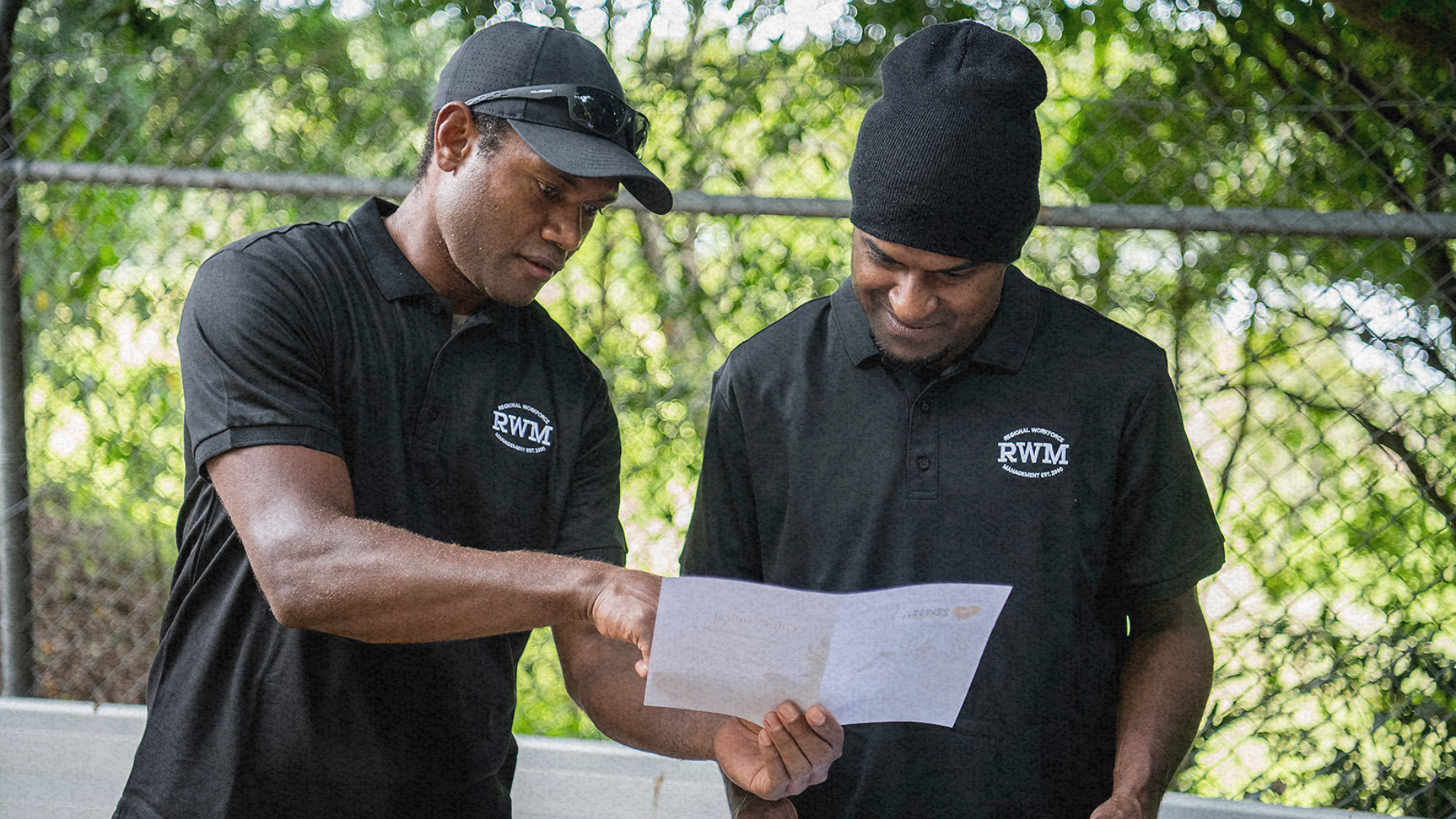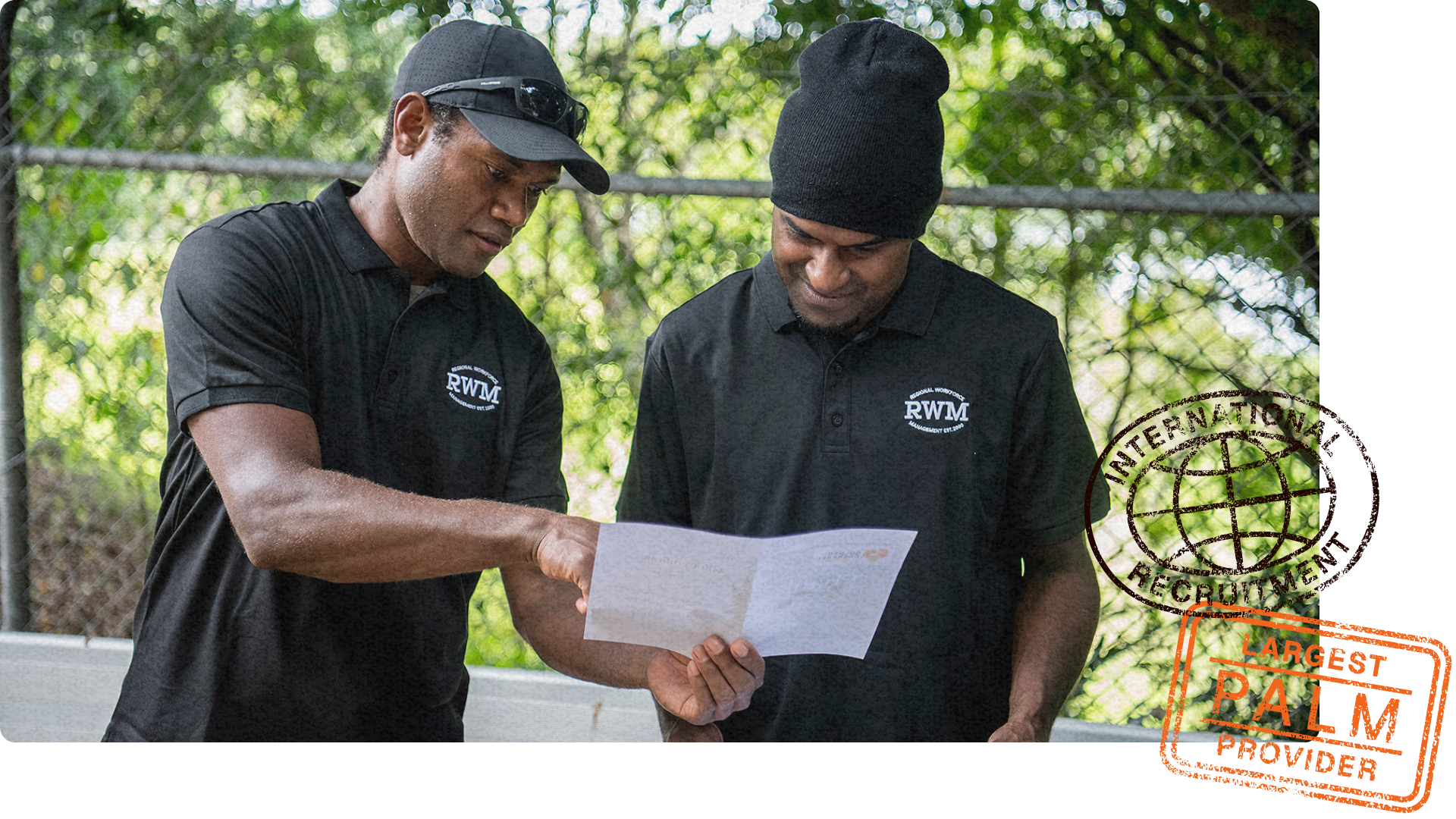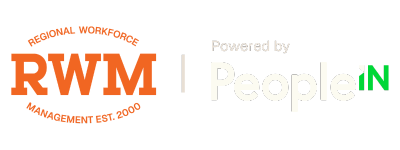Everything you need to know about Australian work and travel visas


If you're considering making the move to Australia, whether it’s for work, travel or even a combination of both, understanding your visa options is crucial. Australia offers a range of visa types, each suited to different needs. In this guide, we’ll walk you through the most common visas for working and living in Australia, providing you with everything you need to know to plan your journey with confidence.
The Australian visa system
Australia’s visa system can seem overwhelming at first, but once you break it down, it becomes much easier to navigate. The most common visas for people looking to work or stay temporarily in Australia are the Working Holiday Visa (WHV), Student Visa and Employer-Sponsored Visas. There are also options for those wishing to move to Australia permanently, like the Skilled Migration Visa.
Working Holiday Visas (WHV)
The Working Holiday Visa is one of the most popular visa options for young travellers and backpackers looking to explore Australia and earn money at the same time. There are two main types of Working Holiday Visas: Subclass 417 and Subclass 462.
Working Holiday Visa subclass 417
This visa allows people aged 18-30 (or 18-35 for citizens of certain countries like Canada, France and Ireland) to travel and work in Australia for up to 12 months. The application process is straightforward, and you can apply online through the
Australian Government’s ImmiAccount.
Once approved, the visa gives you the flexibility to work in any job for up to six months with each employer.
To apply, you’ll need:
- A valid passport from an eligible country
- Proof of funds to support yourself (usually around AUD $5,000)
- A return flight or enough funds to purchase one
- A completed online application
- Working Holiday Visa Subclass 462
Working Holiday Visa subclass 462
The Subclass 462 visa is similar to the Subclass 417, but it has a few additional requirements, including a letter of support from your home country’s government and proof of functional English. This visa is available for citizens of countries such as Argentina, Israel and the USA.
Working in regional Australia - Access to a second year WHV
If you’re on a Working Holiday Visa (Subclass 417 or 462) and complete three months of specified work in regional Australia, you may be eligible for a second-year visa. This is a great opportunity for those wanting to extend their stay in Australia and explore more of the country’s rural and regional areas.
Student visas: Study and work in Australia
For those looking to study in Australia, a Student Visa (Subclass 500) is your gateway. This visa allows you to study full-time at a recognised educational institution while also working up to 40 hours per fortnight during the semester and unlimited hours during breaks.
To be eligible, you’ll need:
- Confirmation of enrolment (CoE) from your educational provider
- Proof of financial capability to support yourself during your stay
- Health insurance for the duration of your course
Employer-sponsored Visas
If you’re looking to work in Australia long-term, an Employer-Sponsored Visa may be a suitable option. This visa requires you to be nominated by an Australian employer who will sponsor you for a role that is on the skilled occupation list. The two main types are the Temporary Skill Shortage (TSS) visa (Subclass 482) and the Skilled Employer-Sponsored Regional (SESR) visa (Subclass 494).
For both options, you’ll need a skills assessment, relevant qualifications and experience in your nominated occupation. Once you have secured a sponsor, the application process is straightforward, and you may eventually be eligible for permanent residency.
Navigating visa costs and processing times
Visa application fees vary depending on the type of visa you apply for. For example, the Working Holiday Visa costs approximately $495 AUD, while student visas can cost upwards of $600 AUD. Processing times can vary, so it’s always best to apply well in advance - typically, 3 - 4 months before your planned arrival date.
The importance of visa compliance
Once you’re in Australia, it’s essential to comply with your visa conditions. This includes adhering to work restrictions, maintaining your health insurance, and ensuring you don’t overstay your visa. Not following these conditions can lead to fines, deportation, or being banned from applying for future visas.
Already have your visa?
We’ve worked hard to create pathways for skilled workers from across the globe. Food processing occupations including boilermakers, fitters, heavy diesel mechanics fall into the temporary skill shortage visa 482 so you can utilise your skillset in Australia. Our international recruiters support you every step of the way from video interviews and skills assessments to visas and compliance, ensuring you’re fully prepared for your move to Australia.
To find out how you can work in Australia, consult a migration agent in your country here.
Already have your visa and looking for a job in Australia? Search for available opportunities below or contact RWM here.


